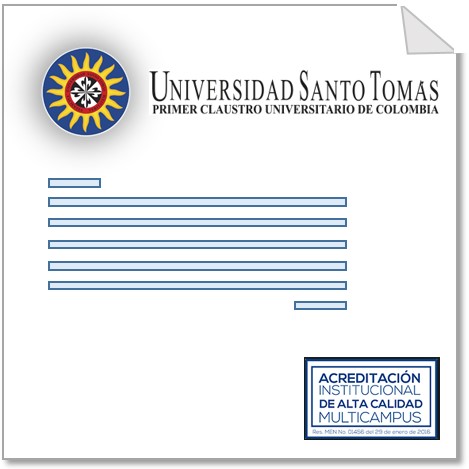CONSTRUIR COLECTIVAMENTE: EL CASO DE LA COOPERATIVA DE ARTISTAS “MEDUSA”, EN LA CIUDAD DE QUEBEC.

Fecha
Autores
Director
Enlace al recurso
DOI
ORCID
Google Scholar
Cvlac
gruplac
Descripción Dominio:
Título de la revista
ISSN de la revista
Título del volumen
Editor
Universidad Santo Tomás - Seccional Bucaramanga
Compartir

Resumen
Este artículo presenta los primeros resultados del estudio de caso realizado dentro del proyecto «Construir colectivamente». El objetivo del proyecto era la búsqueda de los desafíos, problemas y condiciones ganadoras en los proyectos arquitecturales desarrollados por cooperativas. Este artículo se ocupa de las condiciones particulares del proyecto de la Cooperativa de Artistas Medusa, situada en el sector histórico de la ciudad de Quebec, declarada patrimonio de la humanidad por la UNESCO. La Cooperativa Medusa es un caso excepcional de sinergia comunitaria, acción política local y desarrollo arquitectónico, en un sector de la ciudad que en los años ochenta se encontraba fuertemente deteriorado. En el límite de la zona de protección patrimonial, este proyecto lo tenía todo para fracasar, sin embargo, una fuerte voluntad política y la decisión de la comunidad de artistas, así como una intervención urbanística y arquitectónica adaptada a las reales necesidades del proyecto y de la ciudad convirtieron a Medusa en un modelo de buenas prácticas arquitectónicas y urbanísticas en sectores patrimoniales.ABSTRACTThis article presents the first results of the study of case realized inside the project “ Building together “. The aim of the project was the search of the challenges, problems and winning conditions in the architectural projects developed by cooperatives. This article deals with the particular conditions of the project of artists’ Medusa cooperative, placed in the historical sector of the city of Quebec, declared heritage of the humanity for the UNESCO. The « Meduse » cooperative is an exceptional case of community synergy between local action, political engagement and architectural development, in a sector of the city that in the decade of 1980 was strongly damaged. In the limit of the zone of patrimonial protection, this project had everything to fail, nevertheless, a strong political will and the decision of the artists’ community, as well as an urban development and architectural intervention adapted to the needs of the project and of the city, they turned to Meduse in a model of good architectural and urban practices in patrimonial sectors.
Abstract
Idioma
Palabras clave
Cooperativas de vivienda, rehabilitación urbana, patrimonio urbano, centros de artistas, historia urbana de la ciudad de Quebec, housing cooperatives, urban patrimony, artistic centers, urban rehabilitation, Quebec City history.
Citación
Colecciones
Licencia Creative Commons
Derechos de autor 2018 Revista M

